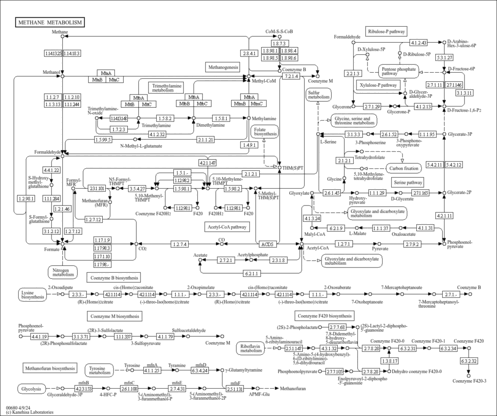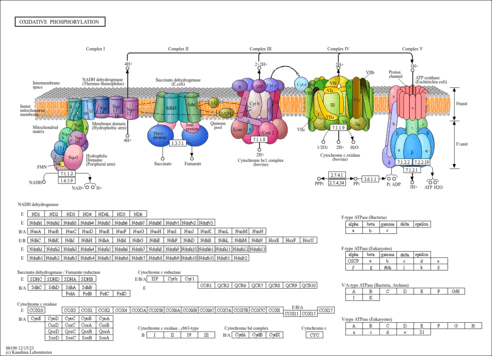| General Reference | - Takeda, M., Vassarotti, A., Douglas, M. G. (1985). "Nuclear genes coding the yeast mitochondrial adenosine triphosphatase complex. Primary sequence analysis of ATP2 encoding the F1-ATPase beta-subunit precursor." J Biol Chem 260:15458-15465.2866186
- Liang, Y., Ackerman, S. H. (1996). "Characterization of mutations in the beta subunit of the mitochondrial F1-ATPase that produce defects in enzyme catalysis and assembly." J Biol Chem 271:26522-26528.8900121
- Galibert, F., Alexandraki, D., Baur, A., Boles, E., Chalwatzis, N., Chuat, J. C., Coster, F., Cziepluch, C., De Haan, M., Domdey, H., Durand, P., Entian, K. D., Gatius, M., Goffeau, A., Grivell, L. A., Hennemann, A., Herbert, C. J., Heumann, K., Hilger, F., Hollenberg, C. P., Huang, M. E., Jacq, C., Jauniaux, J. C., Katsoulou, C., Karpfinger-Hartl, L., et, a. l. .. (1996). "Complete nucleotide sequence of Saccharomyces cerevisiae chromosome X." EMBO J 15:2031-2049.8641269
- Walker, M. E., Valentin, E., Reid, G. A. (1990). "Transport of the yeast ATP synthase beta-subunit into mitochondria. Effects of amino acid substitutions on targeting." Biochem J 266:227-234.2138017
- Saltzgaber-Muller, J., Kunapuli, S. P., Douglas, M. G. (1983). "Nuclear genes coding the yeast mitochondrial adenosine triphosphatase complex. Isolation of ATP2 coding the F1-ATPase beta subunit." J Biol Chem 258:11465-11470.6225776
- Norbeck, J., Blomberg, A. (1996). "Protein expression during exponential growth in 0.7 M NaCl medium of Saccharomyces cerevisiae." FEMS Microbiol Lett 137:1-8.8935650
- Ghaemmaghami, S., Huh, W. K., Bower, K., Howson, R. W., Belle, A., Dephoure, N., O'Shea, E. K., Weissman, J. S. (2003). "Global analysis of protein expression in yeast." Nature 425:737-741.14562106
- Reinders, J., Wagner, K., Zahedi, R. P., Stojanovski, D., Eyrich, B., van der Laan, M., Rehling, P., Sickmann, A., Pfanner, N., Meisinger, C. (2007). "Profiling phosphoproteins of yeast mitochondria reveals a role of phosphorylation in assembly of the ATP synthase." Mol Cell Proteomics 6:1896-1906.17761666
- Stock, D., Leslie, A. G., Walker, J. E. (1999). "Molecular architecture of the rotary motor in ATP synthase." Science 286:1700-1705.10576729
|
|---|

